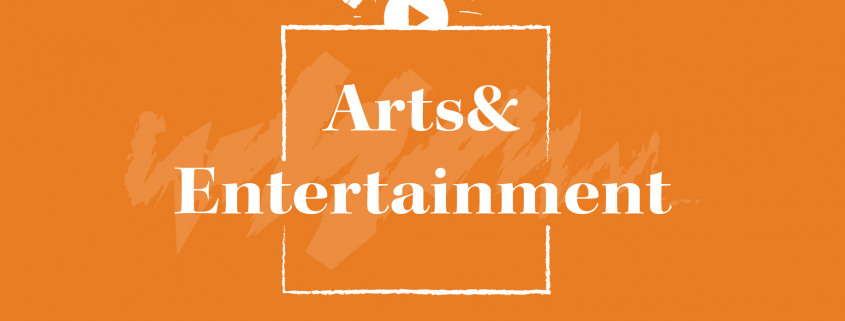Read banned books, defy literary censorship
Censorship in the United States is nothing new, though its targets have shifted over time. The earliest book bans in the United States were started by religious leaders. In 1650, a Massachusetts Bay colonist named William Pynchon published his pamphlet The Meritorious Price of Our Redemption in which he argued that people who followed Christian teachings would go to heaven. Puritan leaders did not favor the pamphlet and proceeded to denounce him as a heretic, burned his pamphlet and banned it.
This continued throughout history; during slavery and the Civil War, many states outlawed literature that expressed anti-slavery sentiments, one very famous novel being “Uncle Tom’s Cabin” by Harriet Beecher Stowe. Similar bans continued throughout history, with the Comstock Act of 1873 deeming it illegal to send “obscene, lewd or lascivious,” “immoral” or “indecent” publications through the mail, while also targeting those who possessed some form of literature or art deemed obscene. It aimed to prohibit discussing birth control and sexuality. Some books were banned and subsequently burned, including Walt Whitman’s “Leaves of Grass” and James Joyce’s “Ulysses.”
Books continue to be banned and challenged, with the most recent occurrences happening in states aiming to eliminate literature surrounding queer studies, people of color and ultimately young people. Some states include Indiana, Florida, Texas and Tennessee, among others.
As such, in honor of the marginalized groups represented in the books that are facing challenges, here is a list of books from Florida’s most recent book ban that you need to read.
1. “The Handmaid’s Tale” by Margaret Atwood:
This novel argues that legally controlling women’s reproductive freedom is morally and politically wrong. This is depicted through the suffering of Offred and the other Handmaids. Handmaids are servants whose only purpose is to have children. From the dystopian perspective they lose all value once they no longer are able to carry children. It is banned in many states due to its profanity, sexual tones and being “anti-Christian,” among other reasons. The story is a powerful yet disturbing dystopian satirical piece of literature that shows a future U.S. a where women have been stripped of all their civil rights. Not ironically, this comes less than a year from when Roe v. Wade was overturned, an event which signifies a complete disregard for women’s health and rights by the Supreme Court.
2. “The Hate U Give” by Angie Thomas:
An award-winning bestselling young adult novel, “The Hate U Give” is about the shooting of a young unarmed Black man by a white police officer. “The Hate U Give”, despite being important to the African American plight, was banned. When looking at Gov. Ron DeSantis’s efforts to eliminate African American studies in the Advanced Placement curriculum, it is unsurprising that a book that gives a vivid image of what it’s like to be a Black man in the U.S. would be banned.
3. “I Am Not Your Perfect Mexican Daughter” by Erika Sánchez:
This chilling New York Times bestseller follows a young woman named Julia, who navigates her grief following an accident that involved her sister and details the trauma she faces when her mother compares her two daughters.
“It was important for me, for young people of color, to feel seen by the book,” said author Erika Sánchez in an interview with NBC News.
The book, due to its strong language and “negative” portrayal of religious faith, was unpopular among parents. The book is banned for its strong language and “negative” portrayal of religious faith. Unfortunately, while it is a rather grim topic, the stigma of depression wreaks havoc in many communities. By writing about suicidal ideation, Sánchez raises awareness in young Latine individuals. The fact remains that Hispanic teens, especially females, have higher rates of suicide compared to white or black teens, according to the CDC.
4. “Dreaming in Cuban”by Cristina García:
This novel, which was originally banned in 2020, outlines the heroine’s journey of Celia del Pino and her family, who is forced to cope with their ever-changing Cuba in light of the Cuban Revolution and the emotional trauma that ensued. There is a tremendous overemphasized theme of family relationships and the divisiveness of politics. It sheds a unique light on Cuban history and culture by including critical historical events and elements of Santería, a popular religion in Cuba. “Dreaming in Cuban” was condemned for containing obscene and pornographic material and is no longer circulated.
5. “The Female of the Species” by Mindy McGinnis:
This is a genuinely heartbreaking novel that takes readers on a harrowing but compelling journey regarding our society’s rape culture and violence against women. It focuses on Alex Craft, who had an older sister that was raped, killed and mutilated. The book ultimately is a feminist book that highlights the struggle of consistently trying to be the best while talking about the genuine and scary reality of what it is like to be a woman in the U.S.
6. “Nineteen Minutes” by Jodi Picoult:
Picoult’s novel features two timelines: flashbacks and the present moment. It follows Peter Houghton’s life, with flashbacks showing the years of brutal bullying he endured to the present moment: when he decides to commit a mass shooting at his high school. This novel is controversial for its violence, sexual references and profanity. Something interesting to note is that 20 of Picoult’s titles were banned in Florida.
Jodi Picoult, in an interview with The Hill, warned, “We’ve seen, historically, what the next chapter looks like when we don’t speak out against book challenges … and that story does not end well.”
Challenging and banning books has a tremendously negative impact on a society, often leading to a spread of xenophobia and overall ignorance. Young people should have access to unsensitized versions of history and books that expose them to new cultures and experiences because it allows them to think critically about the world.

